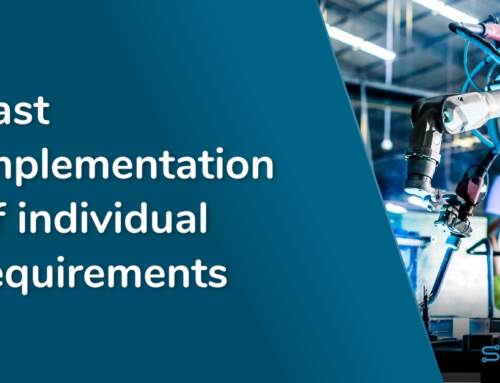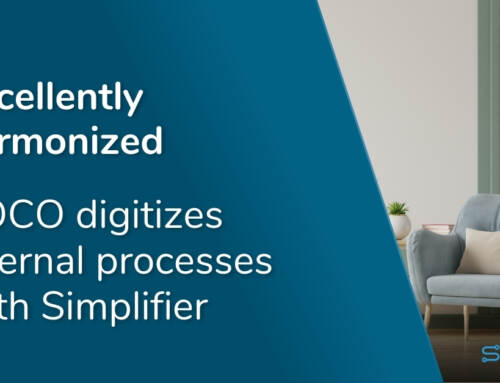Anyone who has ever been responsible for IT in a company knows how complex such a task is. The larger the company, the more difficult it is to keep an eye on the big picture, because in most cases there are more than one responsible person.
Especially in the course of the digital transformation of many companies, a robust IT architecture is an indispensable basis for thinking about further digitization. Every day, we talk to people who are responsible for implementing or developing a digitization strategy. We see a lot of things – from large companies, which are still at the very beginning and have to orientate themselves, to medium-sized companies that are already very well positioned. That is indeed a great range. To ensure that you too are prepared from the outset and do not fail to overcome one of the many hurdles of digitization, we have put together the most important and common mistakes that must be avoided.
1. Always re-program everything from scratch
2. Always want to do everything by yourself
3. Losing the overview
4. No further use of existing investments
5. Trust only a single system
6. Release only if it's perfect
Conclusion
It is not without reason that most of our customers are enthusiastic when we have introduced our low-code platform Simplifier, because this is how you avoid the most mistakes. By using the Simplifier, you only have to configure your applications once to make them available on all devices (browser, tablet, smartphone, Smartwatch, Smartglass, etc.) with their respective operating systems.
Do you want to know what this is all about? Every second Wednesday we offer you two platform live sessions. From 2:00 – 2:30 pm (CET) you will receive a general introduction to the Simplifier and learn what is so special about low-code platforms. Our specialists will also provide you a deeper insight on Wednesdays from 3:00 – 4:00 pm (CET). Within one hour you will receive a free demonstration of the complete platform.
* Please note that the Live Session will be in German. If you want, we can also offer the Live Session in English.





